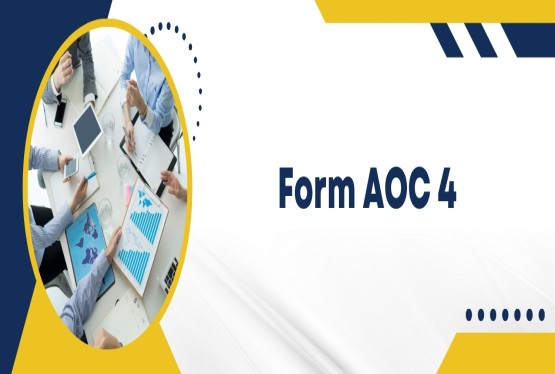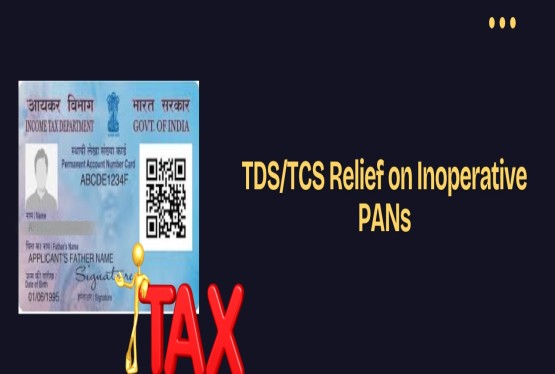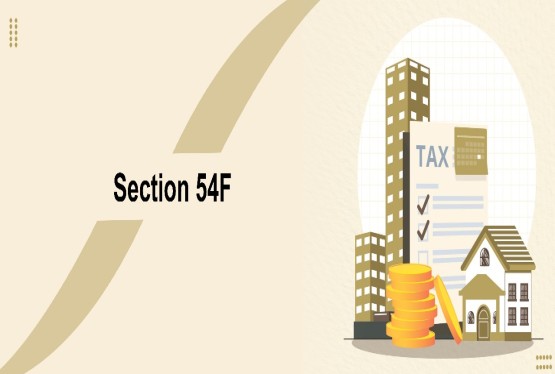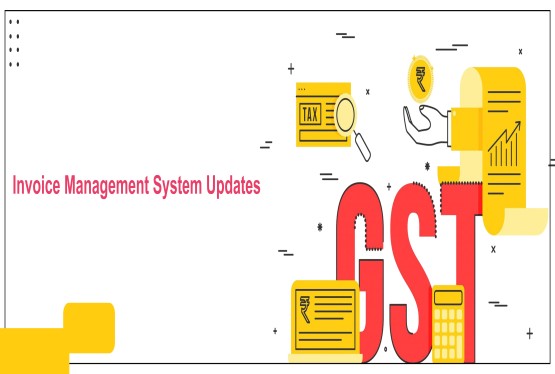October 14, 2024, marks a significant shift for businesses under GST with the introduction of the Invoice Management System (IMS), aimed at streamlining the management of GST invoices and Input Tax Credit (ITC) claims. In this blog, we explore the updates, features, and benefits of IMS, as well as the potential challenges businesses, particularly small and medium-sized enterprises (SMEs), may face in adapting to the new system.
What is the Invoice Management System (IMS)?
The Invoice Management System (IMS), launched on October 14, 2024, is an initiative by the Goods and Services Tax Network (GSTN) to help businesses better manage invoices and streamline ITC claims. Before IMS, many businesses faced difficulties reconciling GST invoices with those issued by suppliers, leading to discrepancies in ITC claims, delays in refunds, and even penalties.
IMS addresses these challenges by allowing businesses to track, accept, reject, or defer invoices submitted by suppliers in real time. It ensures that only validated invoices are included in ITC calculations, which helps businesses stay compliant with GST regulations.
How the Invoice Management System (IMS) Works?
1. Supplier Submission: Suppliers submit their GSTR-1 by the 11th of each month. Alternatively, they can amend invoices via GSTR-1A or use the Invoice Furnishing Facility (IFF) until the recipient files their GSTR-3B.
2. Invoice Visibility: Once a supplier submits an invoice, it is visible on the recipient’s IMS dashboard and eventually appears in GSTR-2B.
3. Recipient Actions: The recipient must act on each invoice within a specified timeframe. They have three options:
-
Accept: The invoice is included in the recipient’s auto-generated ITC statement (GSTR-2B).
-
Reject: The invoice is excluded from the ITC report.
-
Pending: The invoice is carried forward to the next month and is not counted towards the current month’s GSTR-2B.
4. Deemed Acceptance: If no action is taken by the recipient, the invoice is considered accepted and automatically included in GSTR-2B.
5. Amendments: If the supplier amends an invoice, the recipient must review and act on the updated version.
6. Handling Future Invoices: Pending invoices can be availed in future months, subject to the conditions laid out in Section 16(4) of the CGST Act, 2017.
Key Benefits of Invoice Management System (IMS)
-
Streamlined ITC Claims: The IMS simplifies the ITC claim process, allowing businesses to manage invoices more efficiently.
-
Reduced Compliance Burden: Automated updates and reminders help taxpayers stay compliant with GST regulations, reducing the manual effort needed for reconciliation.
-
Improved Accuracy: IMS ensures that businesses can track and verify invoices before submitting claims, reducing errors and the risk of fraudulent claims.
Types of Documents Displayed in Invoice Management System
The IMS dashboard will show the following documents:
-
B2B Invoices: Includes both original invoices and any amendments.
-
B2B Debit and Credit Notes: Displays both the original notes and their amendments.
-
Eco [9(5)] Invoices: These invoices and their amendments will also be visible.
However, documents that do not meet ITC criteria such as those affected by Place of Supply (POS) rules or Section 16(4) of the CGST Act will be excluded from IMS and appear in the “ITC Not Available” section of GSTR-2B.
Who Can Access IMS?
IMS is accessible to:
-
GST-registered taxpayers
-
Special Economic Zone (SEZ) units and developers
-
Casual taxpayers
To access IMS, users can navigate through the GST portal: Dashboard > Services > Returns > Invoice Management System (IMS) Dashboard.
Actions Available in Invoice Management System
IMS allows users to take the following actions on invoices and Credit/Debit Notes (CDNs):
-
Accept: The invoice is included in ITC in GSTR-2B.
-
Reject: The invoice is excluded from ITC in GSTR-3B.
-
Pending: The action on the invoice is deferred to a future date.
If no action is taken, the invoice is considered accepted by default.
Essential Components of IMS
-
Real-Time Invoice Tracking: IMS offers real-time tracking of invoices, enabling businesses to make immediate decisions regarding ITC claims, reducing delays and errors.
-
Automated Invoice Acceptance: If a recipient does not act on an invoice by the 14th of the month, IMS will automatically treat the invoice as accepted, ensuring ITC is not missed.
-
Integration with GSTR-2B: Accepted invoices are automatically reflected in GSTR-2B, streamlining the ITC claim process.
-
Bulk Actions and Offline Review: Businesses with large transaction volumes can perform bulk actions on invoices, saving time. Invoices can also be downloaded for offline review.
Advantages of the Invoice Management System (IMS)
1. Communication Functionality
IMS facilitates transparent communication between suppliers and recipients, allowing them to view and resolve discrepancies related to invoice acceptance or rejection on a single dashboard.
2. Single-Window Processing
IMS offers a centralized portal where businesses with multiple suppliers can manage all their invoices in one place, eliminating the need to use different applications or manually input data. This reduces the chances of errors and saves time.
3. Minimal Compliance Burden
By automating various aspects of invoice management, IMS minimizes compliance costs. For example, if a recipient does not take action on an invoice, it is automatically deemed accepted, streamlining the process and reducing the risk of errors.
4. Summary View of Inward Invoices
The IMS dashboard provides a comprehensive overview of all invoices and the actions taken on them. This helps businesses in decision-making, auditing, and managing their compliance.
5. Simplified Invoice Amendments
Suppliers can now easily amend submitted invoices, improving efficiency and reducing the need for complex corrections.
Challenges in Adopting IMS
Despite the benefits, SMEs may face challenges in adopting IMS:
-
Technical Readiness: Some SMEs may lack the infrastructure needed to integrate IMS into their existing systems. The cost of system upgrades and staff training could be a significant burden.
-
Adjustment Period: Transitioning to IMS may take time, especially for businesses accustomed to older invoice management methods. Training staff to use the system efficiently will be crucial to minimize errors.
-
Compliance Costs: While IMS offers long-term benefits, the initial cost of implementation such as upgrading systems or hiring external consultants could be challenging for smaller businesses.
Key Features of the New Invoice Management System (IMS)
1. Launch Date: IMS will be implemented on October 1, 2024.
2. Automated Invoice Evaluation: The system will automate the process of evaluating inward invoices, allowing businesses to take individual actions on each one.
3. Invoice Actions: Users can choose to accept, keep pending, or reject invoices directly from the IMS dashboard.
4. Deemed Acceptance: If no action is taken on an invoice, it will be automatically considered “deemed accepted,” helping to minimize additional compliance efforts.
5. Improved Audit and ITC Processes: The system will streamline audits and simplify the ITC claiming process for both large and small businesses.
6. User-Friendly Interface: The IMS interface is designed to be intuitive, with clear instructions, so no specialized accounting or auditing knowledge is required.
7. Post-GSTR-3B: After filing GSTR-3B, all accepted, deemed accepted, and rejected invoices will be removed from the IMS dashboard.
8. Pending Records: Any invoices marked as pending will remain in the IMS dashboard and can be acted upon in future months.
Conclusion
The launch of the Invoice Management System (IMS) on October 14, 2024, marks a significant milestone in GST compliance. IMS promises to simplify invoice reconciliation, reduce errors, and enhance the accuracy of ITC claims, making it an essential tool for businesses of all sizes. While the transition to IMS may pose challenges, particularly for SMEs, the long-term benefits far outweigh the initial investment.
The IMS is designed to enhance the accuracy of ITC claims by ensuring proper invoice reconciliation. However, the task of matching all invoices with the books within six days (from the 14th of the month to the GSTR-3B filing deadline) can be challenging. Currently, businesses claim ITC in full, and any necessary reversals are made later after comparing the invoices with their records.
There is still uncertainty regarding the potential consequences if an invoice is initially accepted or rejected and later found to be incorrect. For instance, if a recipient rejects an invoice but later determines it to be valid, or if an invoice initially accepted is later found to be invalid, it remains unclear whether there will be an opportunity to adjust the ITC claim accordingly.
FAQs
Q1. What is the IMS system in the GST portal?
Ans: GSTN is developing a new feature called the Invoice Management System (IMS), which will allow recipient taxpayers to accept, reject, or hold invoices in the system for later use.
Q2. What is the purpose of an invoice management system?
Ans: An invoice management system powered by software ensures timely payments to vendors, promoting satisfaction and maintaining their cash flow. A consistent payment schedule helps avoid delays in the supply chain.
Q3. What is the invoice management process?
Ans: Invoice management, or invoice processing, refers to how businesses track and settle supplier invoices. The process typically involves receiving an invoice, validating its authenticity, paying the supplier, and recording the payment in company records.
Q4. What is the workflow of an invoice?
Ans: A typical invoice approval workflow involves receiving and entering invoices into the accounts payable system, validating supplier details, reviewing invoice information, matching invoices with supporting documents, and routing them to approvers for review and authorization.
Q5. What are invoice rules?
Ans: When preparing an invoice for goods supply, it should be issued in triplicate: (a) the original copy marked "ORIGINAL FOR RECIPIENT"; (b) the duplicate copy marked "DUPLICATE FOR TRANSPORTER"; (c) the triplicate copy marked "TRIPLICATE FOR SUPPLIER."








_crop10_thumb.jpg)

















































































_for_FY_2025-26_crop10_thumb.jpg)












_learn_crop10_thumb.jpg)








_Filing_Due_Dates_for_FY_2024-25_learn_crop10_thumb.jpeg)







































_of_GST_Act_learn_crop10_thumb.jpg)










_Under_GST_learn_crop10_thumb.jpg)









_crop10_thumb.jpg)


_crop10_thumb.jpg)






_learn_crop10_thumb.jpg)






















_of_the_Income_Tax_Act_learn_crop10_thumb.jpg)



_learn_crop10_thumb.jpg)






_learn_crop10_thumb.jpg)






_crop10_thumb.jpg)




















_in_The_Income_Tax_Act,_1961_learn_crop10_thumb.jpg)



_learn_crop10_thumb.jpg)



_of_the_Income_Tax_Act_learn_crop10_thumb.jpg)

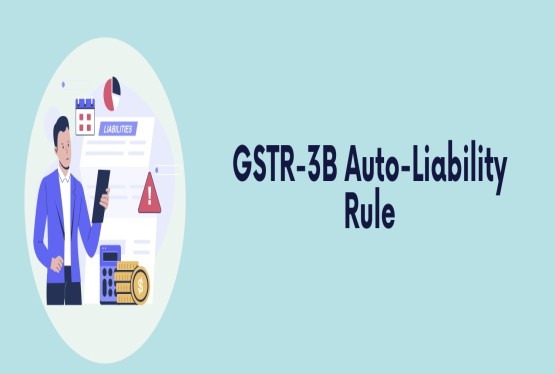
_Of_Income_Tax_Act_learn_crop10_thumb.jpg)








_learn_crop10_thumb.jpg)








_learn_crop10_thumb.jpg)
_crop10_thumb.jpg)






















_learn_crop10_thumb.jpg)
_for_Import_and_Export_learn_crop10_thumb.jpg)









